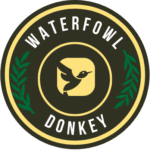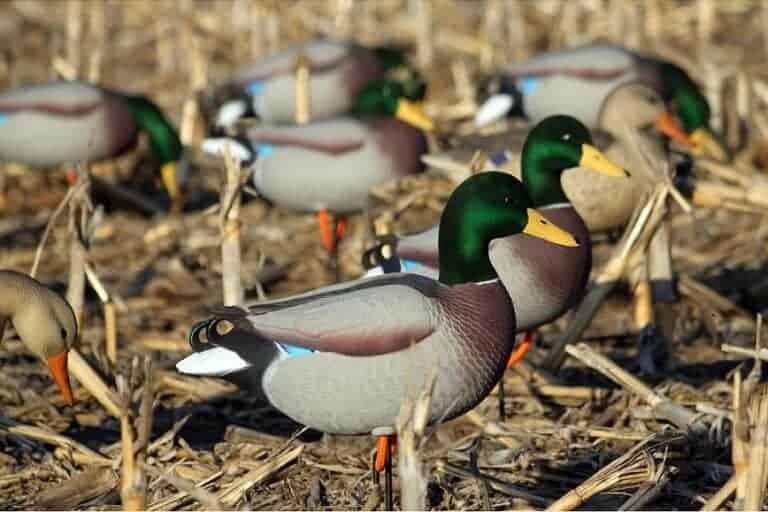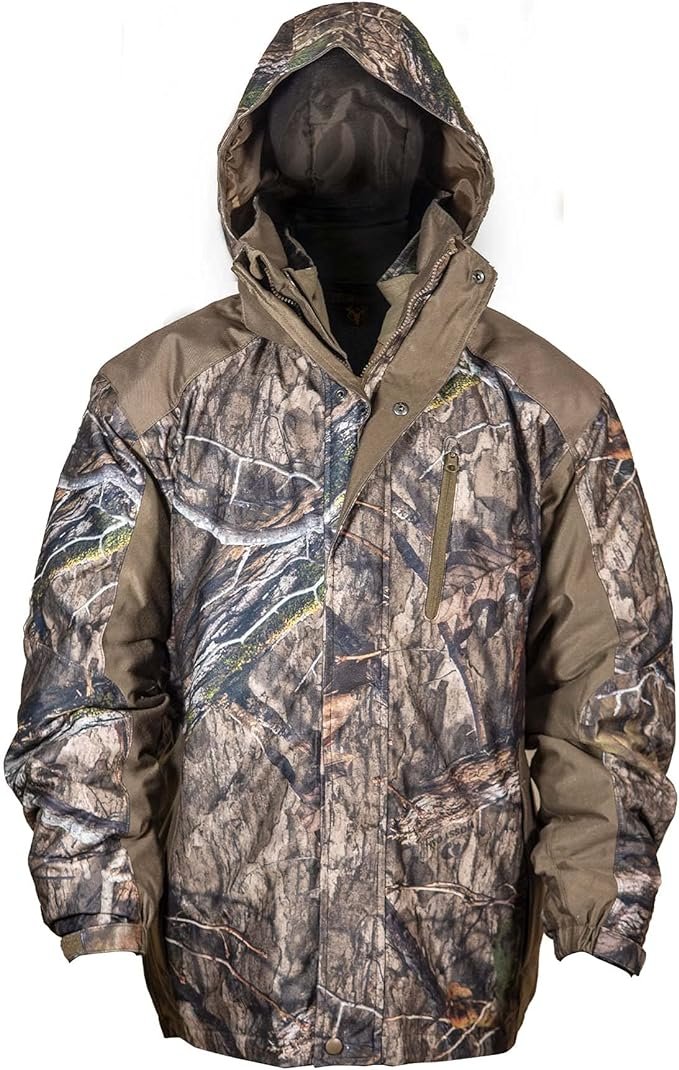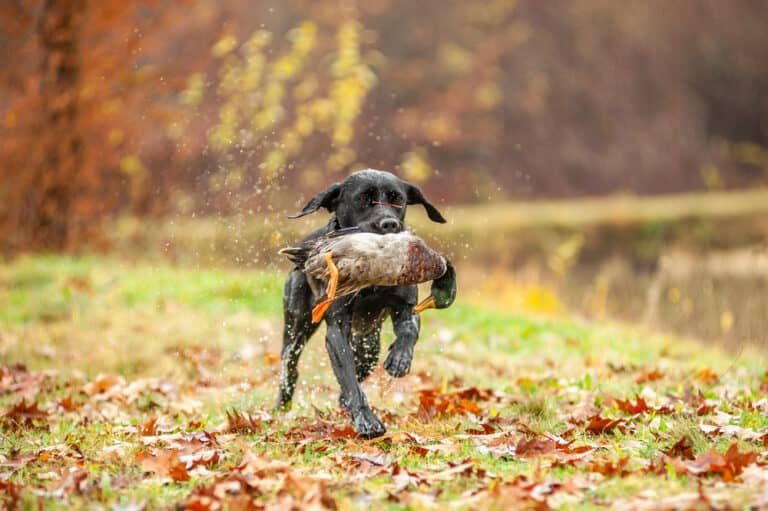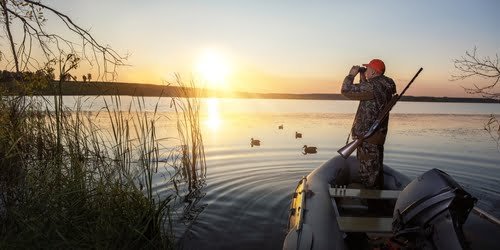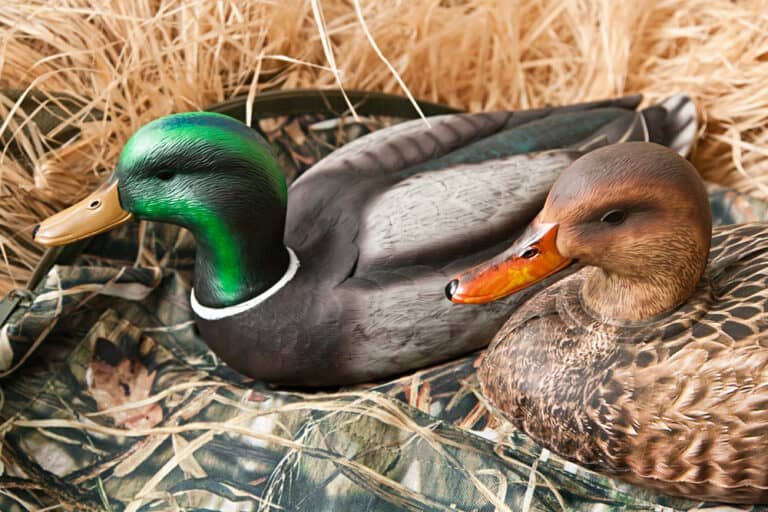Waterfowl Hunting License – What You Need to Know!
A Sport Immersed in Nature: Waterfowl Hunting
The Significance of Licenses, Permits, and Legal Considerations
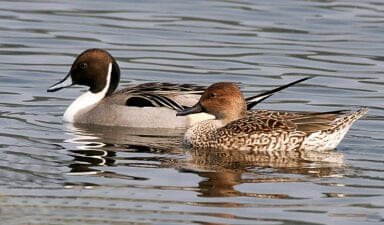
Legal Considerations for Waterfowl Hunting
Migratory Bird Treaty Act (MBTA)
Overview and Historical Background
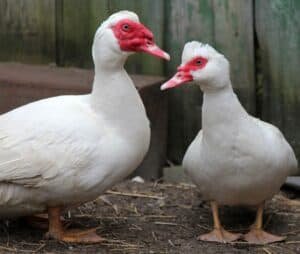
Responsible Hunting Practices
Hunting Seasons and Bag Limits
State wildlife agencies establish hunting seasons and bag limits for waterfowl in coordination with federal authorities. These regulations aim to balance the interests of hunters with the need for conservation.
Hunting seasons are typically determined based on migratory patterns and the breeding cycles of different waterfowl species. Bag limits refer to the maximum number of birds an individual hunter may legally harvest in a single day or during a specific time frame.
Bag limits vary depending on species, location, and hunting method. These limits help prevent over-harvesting, ensuring sustainable populations for future generations of waterfowl enthusiasts.
Regulations on Hunting Methods (Decoys, Blinds, etc.)
Waterfowl hunting methods are regulated to ensure fair chase and minimize disturbance to other hunters and wildlife. Regulations cover various aspects, such as using decoys, blinds, or hides (camouflaged shelters), calling techniques, boat usage, and firearm restrictions. Using decoys is a common practice among waterfowl hunters as it attracts birds within range for a potential shot; however, there are restrictions on the types and numbers of decoys used per hunter.
Similarly, blinds must comply with specific guidelines to prevent excessive concealment that could potentially give an unfair advantage over waterfowl. The goal is to maintain a level playing field while respecting ethical principles inherent in fair sporting pursuits.
Ethical Considerations in Waterfowl Hunting
Ethics plays a significant role in waterfowl hunting. Responsible hunters prioritize the well-being of wildlife and conservation efforts over personal gain. Ethical considerations include properly identifying target species to avoid shooting protected or non-target birds, respecting hunting boundaries, and not engaging in wasteful practices by retrieving harvested waterfowl promptly.
Furthermore, ethical hunters strive to develop their knowledge and skills through education and experience, continually improving their understanding of waterfowl behavior, habitat conservation, and the broader ecological context. Adhering to these ethics fosters a sense of stewardship for our natural resources and ensures that future generations can appreciate the beauty of waterfowl in their natural habitats.
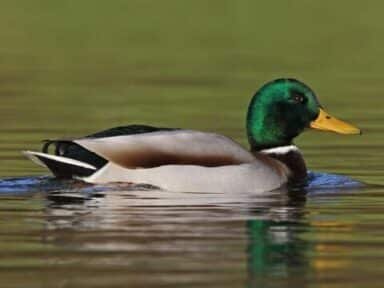
Special Regulations and Considerations
Waterfowl identification requirements: Preserving the Diversity
When engaging in waterfowl hunting, it is essential to have a keen eye and a thorough understanding of the different species of waterfowl. Distinguishing features between various species is vital in ensuring ethical hunting practices and conservation efforts. Waterfowl hunters must be able to identify specific characteristics, including plumage patterns, bill shape, size, and coloration.
These distinguishing features allow hunters to distinguish between protected species and those open for harvest. Accurate identification helps preserve the diversity of waterfowl populations by preventing the accidental or intentional harvesting of endangered or threatened species.
Importance for conservation efforts: Guarding Our Natural Heritage
Conservation is at the heart of waterfowl hunting regulations. Identifying various waterfowl species preserves their population and contributes to sustainable management practices.
Hunters can actively participate in habitat conservation initiatives by adhering to identification requirements. Accurate identification enables wildlife agencies to collect valuable data on species’ population trends, distribution patterns, and migratory routes.
This information helps establish effective management strategies to preserve wetland habitats critical for waterfowl survival. Maintaining healthy populations ensures future generations enjoy the beauty and thrill of observing these magnificent creatures in their natural habitats.
Restricted areas or zones for hunting: Preserving Sanctuaries
A significant consideration when planning a waterfowl hunt is understanding restricted areas or zones designated by wildlife management authorities. These areas are often established as national wildlife refuges or other protected sanctuaries.
They serve as havens where waterfowl can find undisturbed rest during migration periods or breeding seasons. Restricted areas protect sensitive ecosystems and offer opportunities for research and educational activities centered around wildlife conservation.
Restrictions on baiting or feeding ducks: Ethical Hunting Practices
Waterfowl hunting regulations often include strict restrictions on baiting or feeding ducks. These regulations aim to ensure ethical hunting practices and prevent unfair advantages that may exploit waterfowl behavior.
Baiting involves attracting ducks to specific areas using artificial food sources, which can disrupt natural migration patterns and create an unfair advantage for hunters. By restricting baiting practices, authorities encourage a fair chase principle that honors waterfowl species’ instincts and behaviors.
These regulations contribute to maintaining the integrity and sustainability of waterfowl populations while upholding the ethical standards associated with hunting as a recreational activity. This section explored special regulations and considerations concerning waterfowl hunting licenses, permits, and legal aspects.
We delved into the significance of accurate waterfowl identification requirements for preserving diversity and contributing to conservation efforts. Additionally, we discussed restricted areas or zones designated for wildlife protection purposes, such as national wildlife refuges.
We examined restrictions on baiting or feeding ducks to promote ethical hunting practices that respect the natural behavior of waterfowl species. Understanding these special regulations engenders responsible stewardship of our natural heritage while ensuring future generations can continue to appreciate the beauty and importance of waterfowl in our ecosystems.
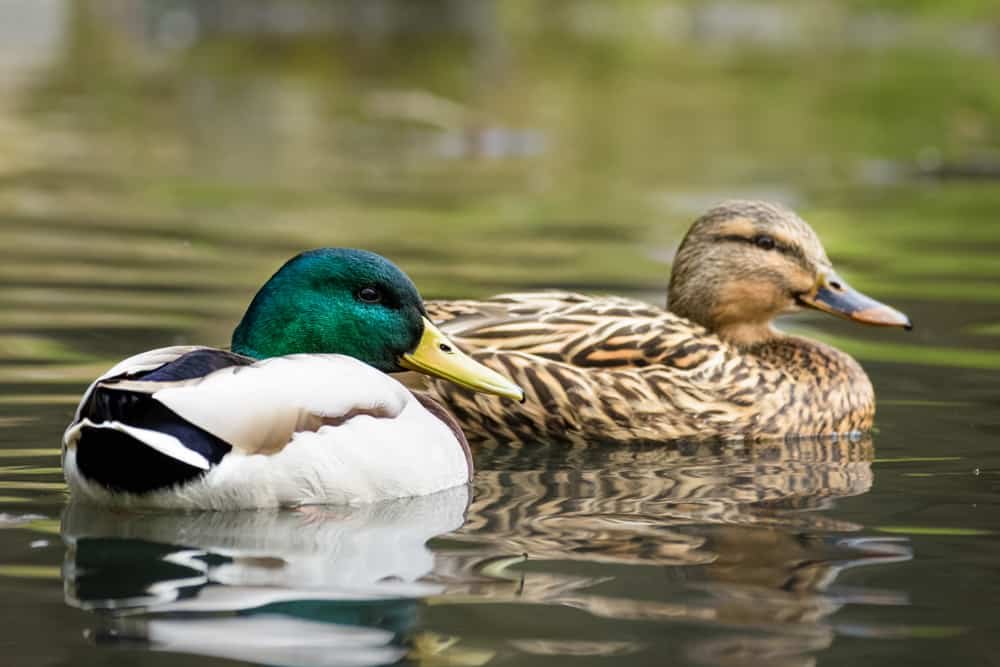
Enforcement and Penalties
Role of law enforcement agencies
When enforcing waterfowl hunting licenses and permit regulations, the responsibility largely falls upon law enforcement agencies. These agencies play a crucial role in ensuring compliance with the law, protecting wildlife populations, and maintaining the integrity of hunting practices. The two primary entities enforcing waterfowl hunting laws are the U.S. Fish & Wildlife Service (USFWS) and state wildlife agencies.
U.S. Fish & Wildlife Service
The U.S. Fish & Wildlife Service is a federal agency entrusted with safeguarding America’s natural resources, including migratory birds protected under the Migratory Bird Treaty Act (MBTA). Their main objective is to conserve and restore waterfowl populations while managing sustainable hunting opportunities.
The USFWS works closely with state wildlife agencies to enforce federal regulations about waterfowl hunting licenses and permits nationwide. They conduct patrols in various locations, monitor compliance with bag limits, enforce seasons and regulations, investigate violations, and educate hunters about legal requirements.
State wildlife agencies
State wildlife agencies play a critical role in enforcing local laws related to waterfowl hunting licenses, permits, bag limits, and other specific regulations. These agencies are responsible for managing wildlife populations within their respective states.
They collaborate closely with the USFWS but have jurisdiction over their regions. State game wardens or conservation officers are often designated peace officers who can enforce state and federal laws concerning waterfowl hunting activities.
Penalties for Violations
Violations of waterfowl hunting laws can have serious consequences that include hefty fines, license suspension or revocation, imprisonment, forfeiture of equipment used during illegal activities such as firearms or decoys, or even loss of future hunting privileges.
Penalties can vary depending on the nature and severity of the offense, repeated violations, and state or federal jurisdiction. Hunters must familiarize themselves with the specific laws and regulations in their hunting areas to avoid unintentional violations that could result in legal consequences.
Conclusion
Waterfowl hunting licenses, permits, and legal considerations are vital for responsible hunting practices. Obtaining the appropriate licenses and permits, adhering to regulations set by federal and state agencies, and cooperating with law enforcement agencies are essential for preserving waterfowl populations while enjoying this recreational pursuit.
The U.S. Fish & Wildlife Service and state wildlife agencies play a pivotal role in ensuring compliance with these regulations. By respecting these laws, hunters can contribute to conservation efforts while sustainably experiencing the joy of waterfowl hunting.
